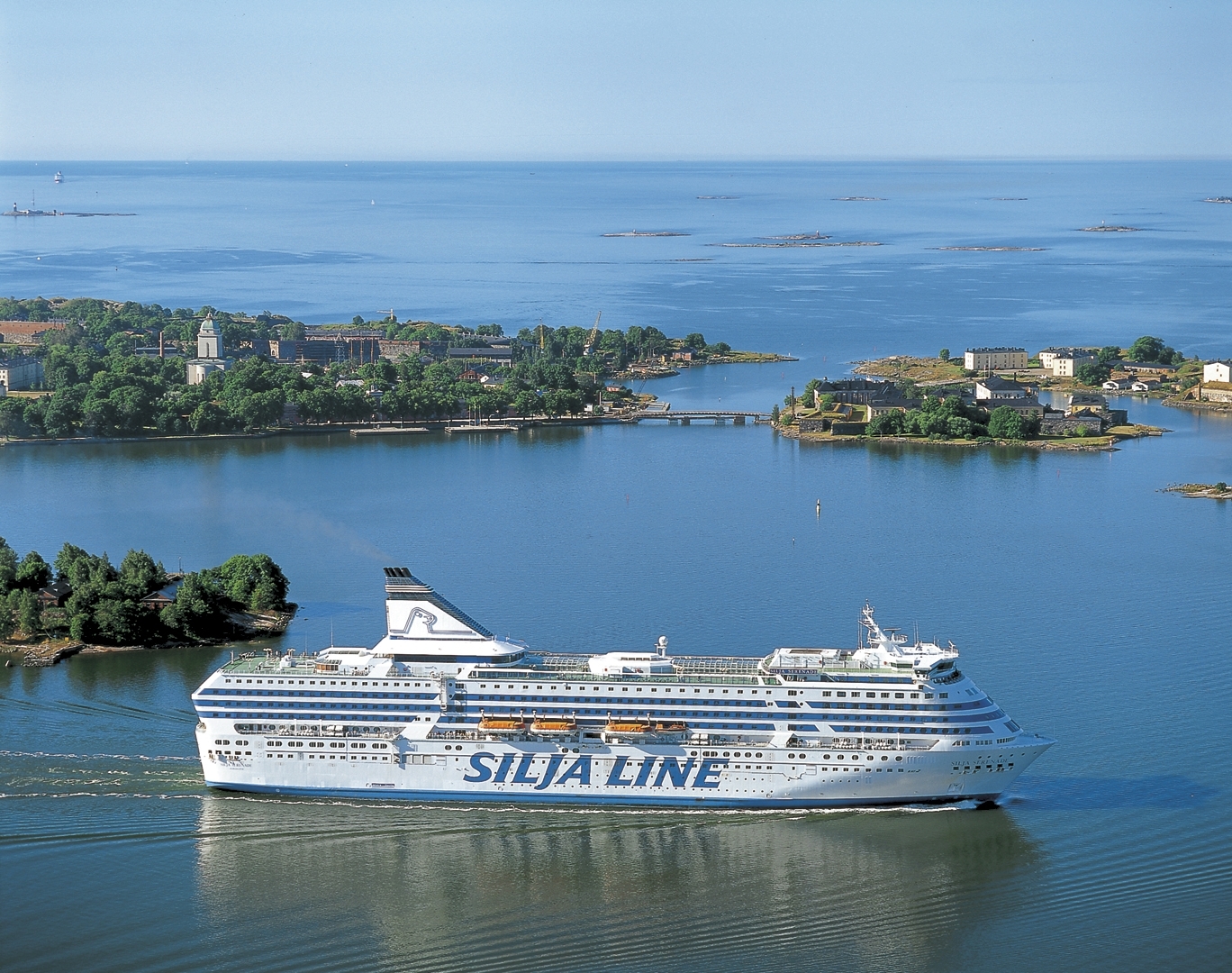Nostalgic ferry travellers will have been gloomy to hear this week’s news that Northern Europe’s largest integrated shipping and logistics company DFDS are planning to close their historic passenger ferry service between Harwich and Esbjerg.
Once proudly touted as the UK’s only ferry service operating between the UK and Scandinavia, the route launched in 1875 with the inauguration of the port at Esbjerg.
But on September 29 this year, nearly 140 years later, the crossing will set sail for the very last time.
After several attempts to make the route more profitable, DFDS have decided the service is no longer financially viable and have cut their losses.
The closure is a sign of changing times, when rising costs and increasing competition have set challenges for traditional ferry companies. With low cost airlines such as Norwegian and Ryanair offering cheap flights to Denmark, the interest in ferry travel has dwindled over the years, and today most travellers are guided by price and time, preferring to take a short plane ride rather than spend the night at sea.
Passenger numbers on the Harwich to Esbjerg route once peaked at 300,000 but have since fallen to 80,000. Transport of industrial cargo between the UK and Denmark has also declined.
Sad as it is, the closure does not spell gloom and doom for the whole ferry industry though; other routes from the UK are doing well, with more families opting to start their holidays at sea. Campaigns aimed at highlighting the cheaper cost and convenience of travel – particularly the option to carry baggage without incurring additional charges – have done well to boost interest.
“The number of passengers travelling by ferry in 2013 was up by 1 million compared to 2012, and 2014 looks to be a bumper year for the ferry sector,” says Bill Gibbons, director of Discover Ferries.
“The exorbitant charges imposed on baggage by no-frills airlines is one of the reasons why the Great British public is coming back to us – with ferries, baggage goes free.
No-frills airlines have been with us for 15 years now and in these years the ferry industry has considerably adapted its pricing structure, making it a lot more flexible, and invested hugely in a new and refurbished fleet.“
So in fact, one of the main reasons for the closure of DFDS’s historic route is not lack of interest, but the increase in fuel charges. Initially slow steaming was introduced to save fuel, the number of departures was decreased and centralised sales tried to increase passenger numbers with aggressive marketing. But a new environmental law, which required the ferry company to use sulphur-free oil, will have incurred too great a cost for the company to bear.
“Unfortunately we haven’t been able to reduce costs enough to enable the route to bear the very high additional costs of around £2 million a year,” says DFDS CEO Niels Smedegaard.
“This is what the new environmental law and the requirement to use low-sulphur oil will cost based on current oil prices from January 1 2015.”
The company are currently looking to relocate the 130 employees on-board and on-shore to other routes operated by DFDS. Their Sirena Seaways vessel will also be used elsewhere.
